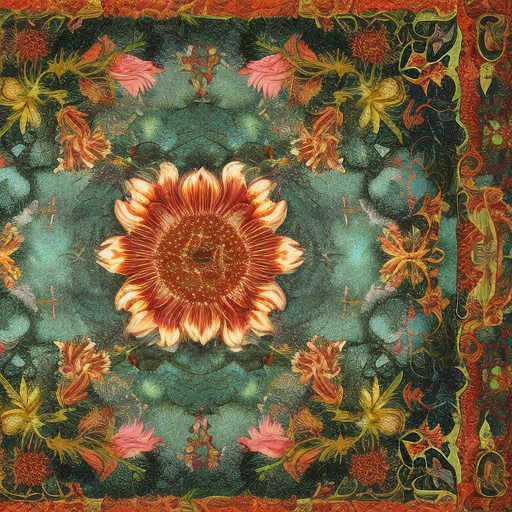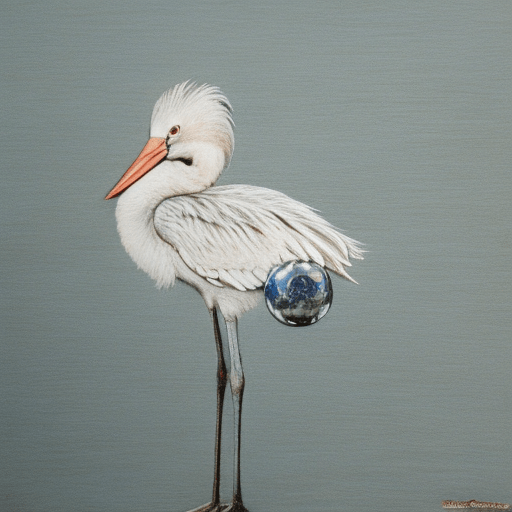One-line Summary:
Maquia: When the Promised Flower Blooms
In this emotionally captivating anime film, a young girl named Maquia, who belongs to a long-lived race called the Iorph, finds herself torn between love, loss, and the passage of time as she navigates the challenges of motherhood and the bonds of friendship.
Main Cast and Crew:
- Director: Mari Okada
- Writer: Mari Okada
- Key Actors: Manaka Iwami as Maquia, Miyu Irino as Erial, Tomokazu Sugita as Isol, Yoshimasa Hosoya as Lang, Miyuki Sawashiro as Rashine
- Music Director: Kenji Kawai
- Director of Photography: Satoshi Namiki
- Producers: Naoko Endo, Tomomi Kyotani, Nobuhiro Takenaka
Plot:
Maquia, a young Iorph girl, lives peacefully in a secluded village. The Iorphs, who stop aging in their teenage years, weave stories into a magical fabric called Hibiol. One day, their peaceful existence is shattered when the Mezarte kingdom invades their village in search of the Iorphs’ immortality. Amidst the chaos, Maquia escapes and stumbles upon a baby boy named Erial, whose parents have been killed. Driven by her maternal instincts, Maquia decides to raise Erial as her own child.
As the years pass, Maquia struggles to balance her immortality with Erial’s mortality. She witnesses the fleeting nature of human life, experiencing heartbreak and loss as her loved ones age and pass away. Meanwhile, the Mezarte kingdom faces its own internal conflicts, with political tensions threatening to tear the kingdom apart.
Maquia’s journey intertwines with the lives of various characters, including Isol, a kind-hearted knight who becomes her close friend, and Lang, a prince burdened by his responsibilities. Through her experiences, Maquia learns the importance of cherishing the present moment and the beauty of fleeting connections.
Themes and Motifs:
At its core, “Maquia: When the Promised Flower Blooms” explores themes of love, motherhood, and the passage of time. The film delves into the bittersweet nature of life, highlighting the beauty found in transience and the importance of embracing the present. It also examines the complexities of motherhood, showcasing the sacrifices and unconditional love that come with raising a child.
The motif of weaving and fabric runs throughout the film, symbolizing the interconnectedness of lives and the stories we create. The Hibiol fabric represents the memories and experiences that shape our identities, emphasizing the power of storytelling and the preservation of history.
Reception and Legacy:
Upon its release, “Maquia: When the Promised Flower Blooms” received critical acclaim for its emotional depth, stunning animation, and poignant storytelling. It won the Best Animated Film award at the 41st Japan Academy Prize and was nominated for numerous other awards, including the Animation of the Year at the 42nd Japan Academy Prize.
The film’s legacy lies in its ability to touch the hearts of audiences worldwide, resonating with its universal themes of love, loss, and the fleeting nature of life. It stands as a testament to the power of anime as a medium for exploring complex emotions and delivering profound narratives.
Recommendation:
“Maquia: When the Promised Flower Blooms” is a must-watch for fans of anime and those seeking a deeply emotional and thought-provoking experience. With its beautiful animation, compelling characters, and heartfelt storytelling, the film offers a unique exploration of love, motherhood, and the passage of time. Prepare to be moved by its poignant themes and captivating visuals.
Memorable Quote:
“Even if we’re separated, our hearts will be connected. That’s what it means to have a bond.”












